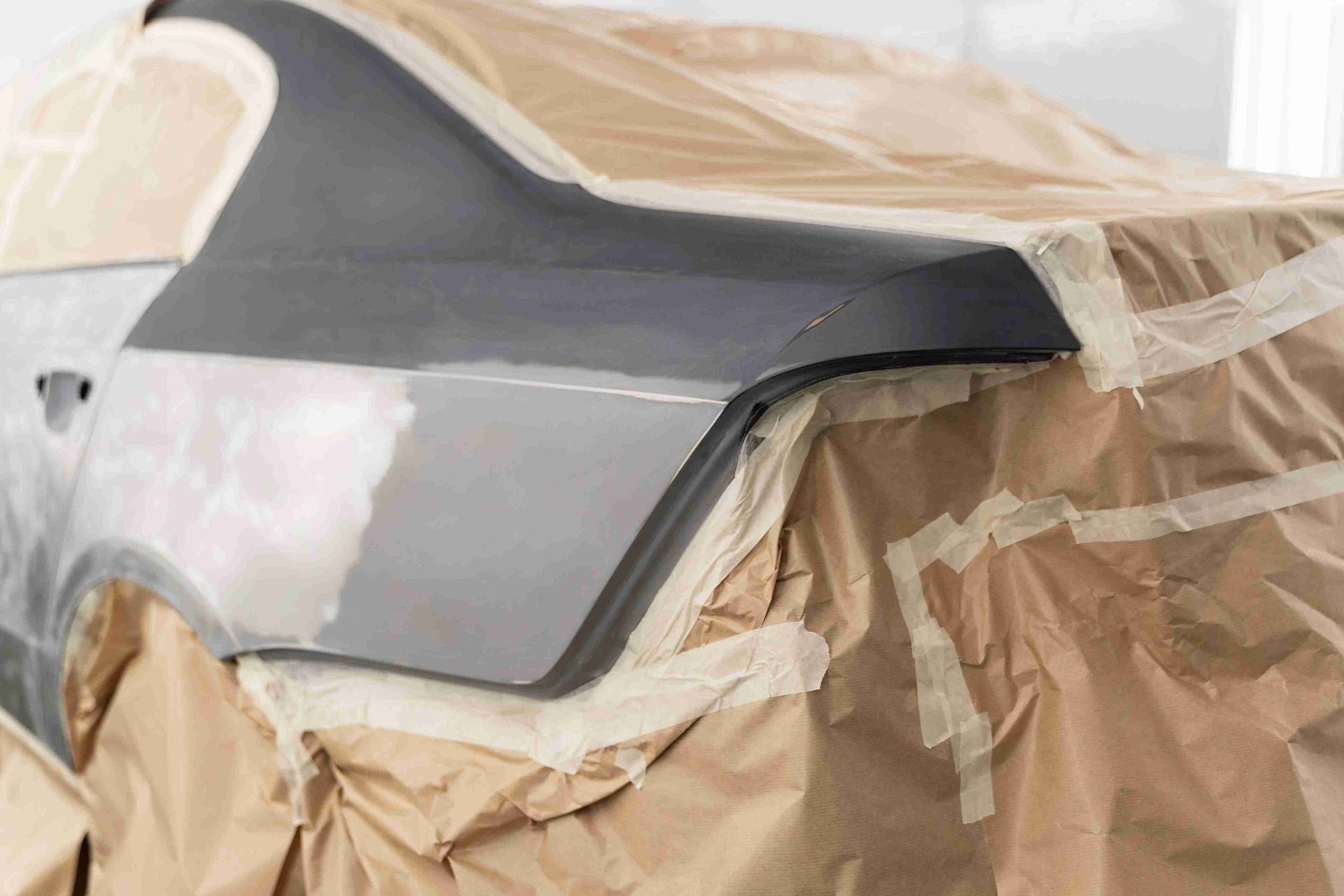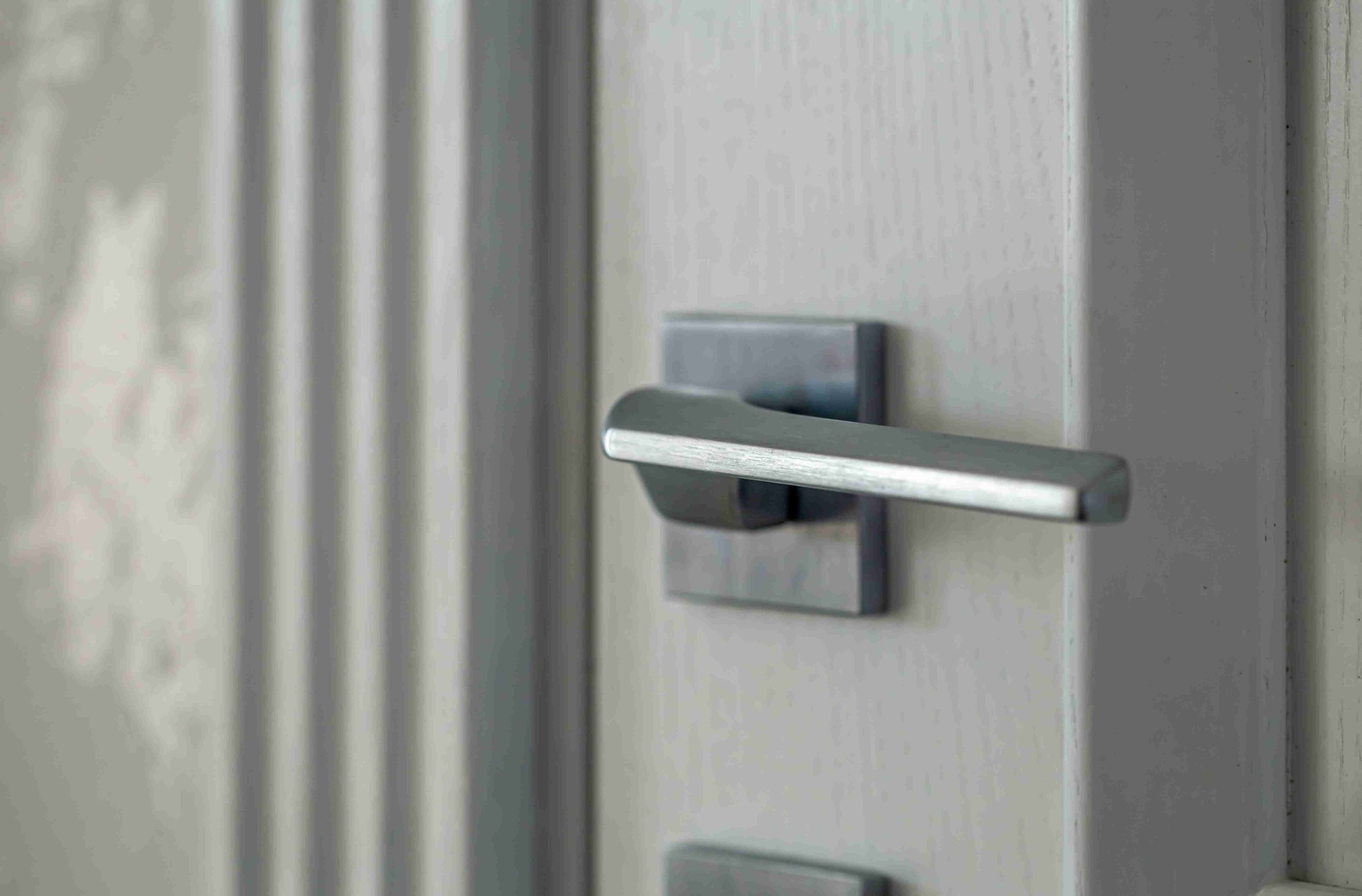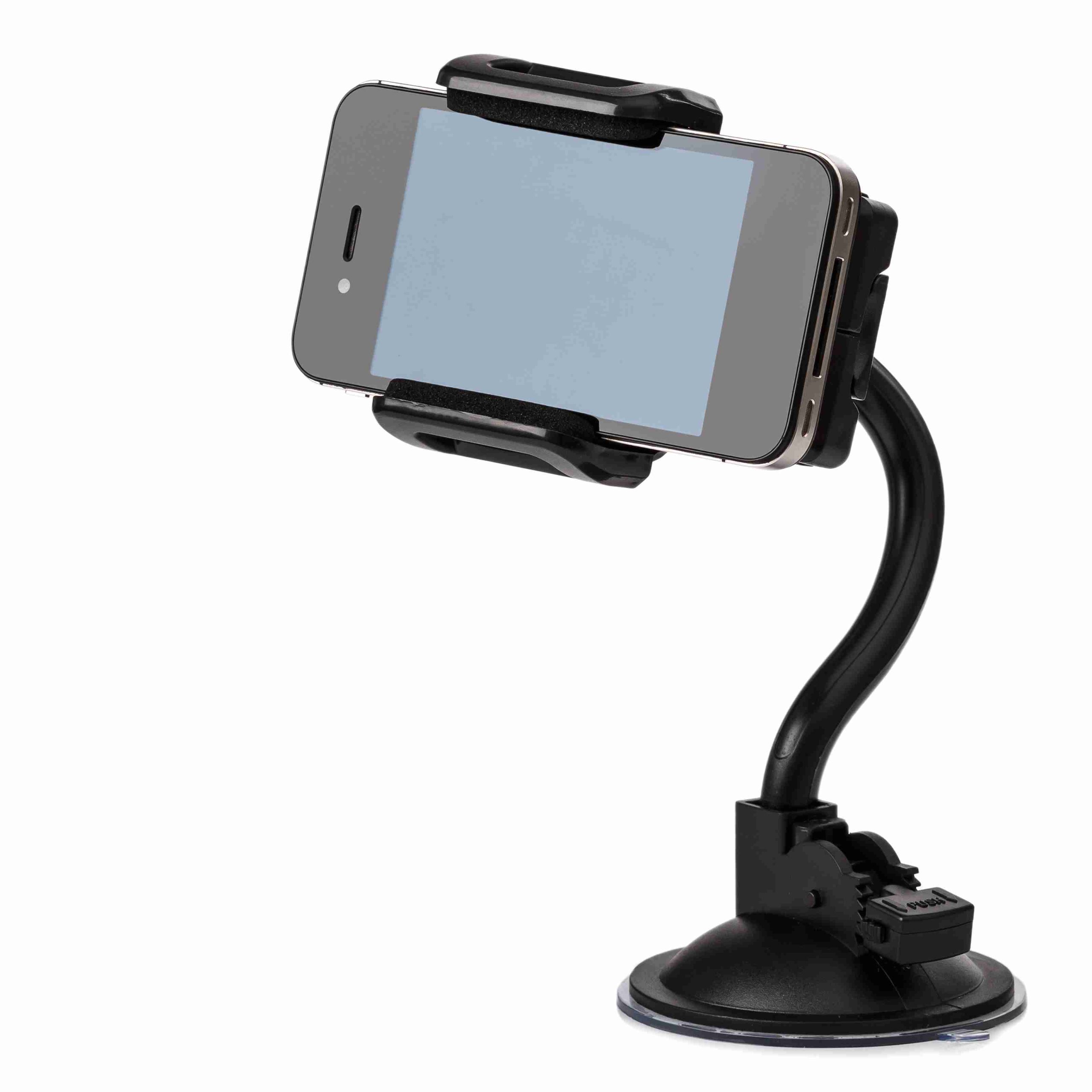The drivers are more demanding than ever in their cars today. Powertrains, infotainment systems, and so on are not the only aspects that people tend to focus on. There are smaller details, which are sometimes ignored, but play a significant role in day-to-day driving experiences. Whether it is starting the engine or the last parking maneuver, these compact accessories are the ones that define our mood behind the steering wheel. What is so powerful about them though?
How then have they become more than mere utilities and become an indispensable part of the design of modern vehicles? The solution is not just in usefulness but in the unobvious combination of safety, convenience and beauty incorporated into every detail.
Functional and Safety Enhancements Offered by a Modern Head Lamp:
The head lamp is one of the most important safety components in any vehicle, but it’s also one of the most technologically transformed. No longer just a bulb in a reflector, today’s head lamps are precision-engineered systems that serve multiple functions—visibility, energy efficiency, and adaptive intelligence.
Modern head lamps often feature LED or laser technology, delivering brighter, longer-lasting illumination with significantly lower energy consumption compared to halogen units. This enhances visibility of the drivers and less load on the electrical system of the vehicle. Adaptive lighting is another advancement, enabling head lamps to adjust their beam pattern based on steering input, speed, and oncoming traffic. This active reaction does not only make the driver more visible, it also makes others on the road less visible due to glare.
Furthermore, design innovations have allowed head lamps to integrate seamlessly with a car’s aesthetic. Smooth, sharp housings and adjustable lighting signatures provide form and functionality. With safety regulations becoming more stringent and nighttime driving hazards increasing, head lamps continue to be an area of focus for automotive engineers—and for good reason.
User-Centered Convenience: Role of a Mobile Car Holder in In-Vehicle Use
As mobile devices have become integral to navigation, communication, and even entertainment, the mobile car holder has emerged as an indispensable accessory. Although it is simple in design, the design is very crucial in terms of safety and user experience.
A well-designed mobile car holder minimizes distractions by keeping the smartphone within the driver’s line of sight and reach. It also limits the urge to struggle with a gadget when behind the steering wheel, one of the common causes of road carnage. The majority of them are adjustable, with one-touch release mechanism, and vibration-proof grips to fit different phone sizes and mounting positions.

Higher end models feature wireless charging and magnetic locks as well as smart sensors that automatically open or close when a phone is nearby. These attributes suit user demands of efficiency and minimalism, especially on high end cars. Their ability to fit in dashboard mounts, windshield mounts or even air vent mounts also contributes to their versatility on the variety of cars.
Though small in size, the mobile car holder enhances in-car convenience and promotes safer driving habits—making it more than just a functional add-on, but a thoughtful integration into the driving ecosystem.
Design Integration: Matching Head Lamps and Mobile Car Holders with Vehicle Interiors
Unitary design is the most important in automotive design. This principle extends to accessories like head lamps and mobile car holders, which must not only perform reliably but also complement the vehicle’s interior and exterior styling.
For head lamps, manufacturers invest heavily in creating signature looks that align with brand identity. Smooth LED bands, aggressive lines, and carved housing aren not just an aesthetic decision; they are a part of a consistent design plan that stretches the front grille to the tail lamps. Even the high-end models can allow customizable light animations, and in this way, the drivers can show their individuality without compromising safety.
Similarly, mobile car holders are now designed with aesthetics in mind. Some are constructed to resemble interior textures, including carbon fiber, brushed metal, or soft-touch rubber, instead of looking like aftermarket extras. Mounts incorporated into dashboards or center consoles have a factory-installed look particularly on newer vehicles where the design of accessories is taken into account in the initial stages of design.
The degree of integration is an indication of a larger trend in the automotive world: the convergence of function and lifestyle. Accessories that perfectly match the interior design make the vehicle more harmonious in appearance, and make the driving process even more pleasant.
Trends in Smart Automotive Accessories: Tech-Savvy, Minimalist, and Ergonomic
The current trend in car accessories is a sign of the bigger consumer electronics trend, which is smart, minimalist, and intuitive. In this context, accessories like head lamps and mobile car holders are being reimagined through the lens of technological innovation and user behavior.
Head lamps are now being equipped with matrix LED systems that offer pixel-level control. They are able to selectively dim or brighten parts of the light beam. This is important to prevent blinding other drivers and make driving at night safer. Some systems even project lane guidance or warning symbols directly onto the road surface—transforming the head lamp into a dynamic, communicative tool.
Mobile car holders, on the other hand, are becoming smarter through sensor integration and app connectivity. The next generations can include AI-based assistants that can automatically change phone positioning depending on the navigation requirements, driving patterns, or voice commands.
Ergonomics is also very essential. Space in the cabin is at a premium and driver attention is more valuable than ever before, so accessory design is trending towards little intrusion. All curves, materials and mechanisms are optimised to meet the ease of use, little distraction and visual cleanness.
Conclusion:
In the dynamic automotive design industry, sometimes it is the least that makes the most difference. Accessories like the head lamp and mobile car holder may seem secondary to a vehicle’s core systems, but they significantly shape the way we drive, feel, and interact with our vehicles. Whether it is safety and convenience, aesthetics and integration, these accessories are much more powerful than their size may imply.
With the ever-growing development of technology, and as the demands of the consumers increase, it is inevitable that these smaller and smaller components will take an even greater role in designing cars. After all, it is not only how we are going to get to A and to B, but how smartly and instinctively we are going to enjoy every inch of the way.




